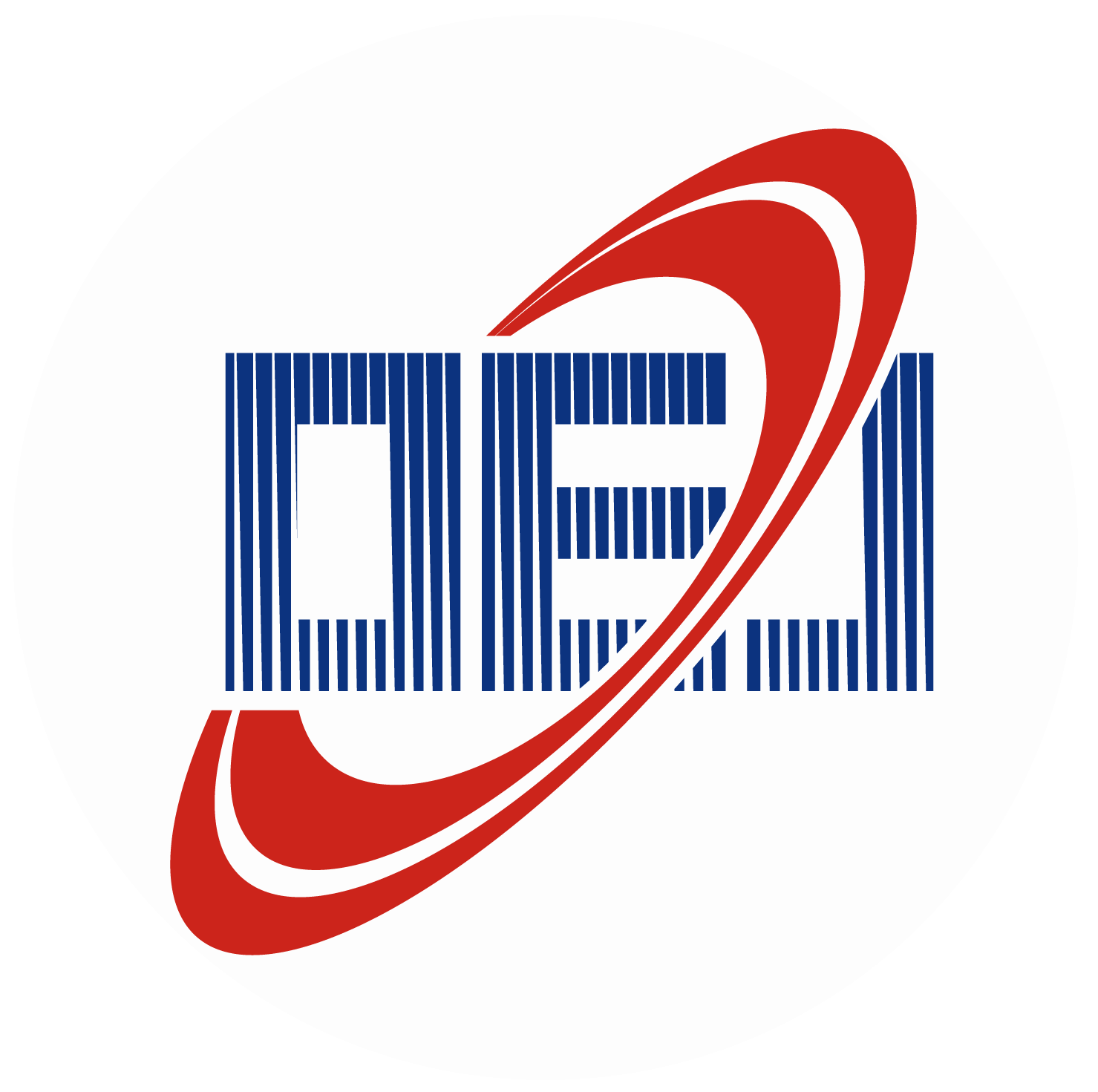-
Abstract
Surface-enhanced Raman scattering (SERS) substrates integrating flexibility, ordered nanostructures, and sunlight-driven self-cleaning capabilities are critical for advancing on-site detection in food safety and environmental monitoring. Traditional rigid substrates struggle to achieve conformal contact with irregular surfaces, limiting their use to flat samples, while recyclable substrates often rely on semiconductors that respond only to ultraviolet (UV) light, which limits their practicality in the absence of UV light sources. Here, we propose a flexible, recyclable three-dimensional (3D) ordered SERS substrate composed of Ag nanoparticles (Ag NPs) on CuO nanocavities (Ag NPs/CuO), fabricated via colloidal lithography and self-assembly. The 3D CuO nanocavity array serves as a scaffold for controlled Ag NPs deposition, creating uniform electromagnetic "hotspots" with dual enhancement mechanisms. The Mott-Schottky heterojunction at the Ag NPs/CuO interface promotes photoinduced charge transfer, enabling ultrasensitive detection of crystal violet (CV) down to 10−13 M with excellent signal uniformity (RSD = 9%). The narrow-bandgap CuO semiconductor (1.2–2.0 eV) facilitates sunlight-driven photocatalytic degradation of adsorbed analytes, allowing substrate regeneration with >80% SERS activity retention after six cycles. The flexible substrate also detects sunset yellow (SY) (10−6 M) in shrimp chips and thiabendazole (TBZ) (10−6 M) on banana peels, with recoveries of 113% and 97%, respectively. This work overcomes limitations of conventional substrates by combining uniform hotspots, sunlight self-cleaning, and flexibility for real-world applications. -



 E-mail Alert
E-mail Alert RSS
RSS


